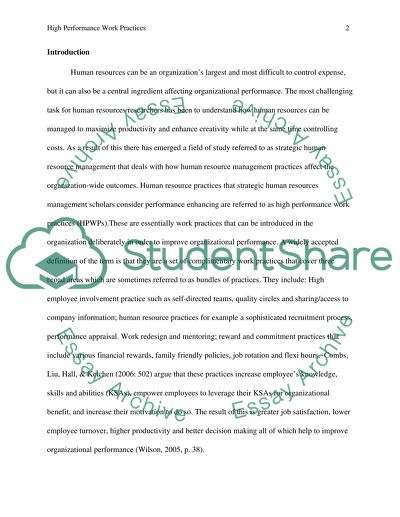Cite this document
(High-Performance Work Practices: Cases and Analysis Term Paper, n.d.)
High-Performance Work Practices: Cases and Analysis Term Paper. Retrieved from https://studentshare.org/humanitarian/1594930-improving-organisational-performance
High-Performance Work Practices: Cases and Analysis Term Paper. Retrieved from https://studentshare.org/humanitarian/1594930-improving-organisational-performance
(High-Performance Work Practices: Cases and Analysis Term Paper)
High-Performance Work Practices: Cases and Analysis Term Paper. https://studentshare.org/humanitarian/1594930-improving-organisational-performance.
High-Performance Work Practices: Cases and Analysis Term Paper. https://studentshare.org/humanitarian/1594930-improving-organisational-performance.
“High-Performance Work Practices: Cases and Analysis Term Paper”, n.d. https://studentshare.org/humanitarian/1594930-improving-organisational-performance.


